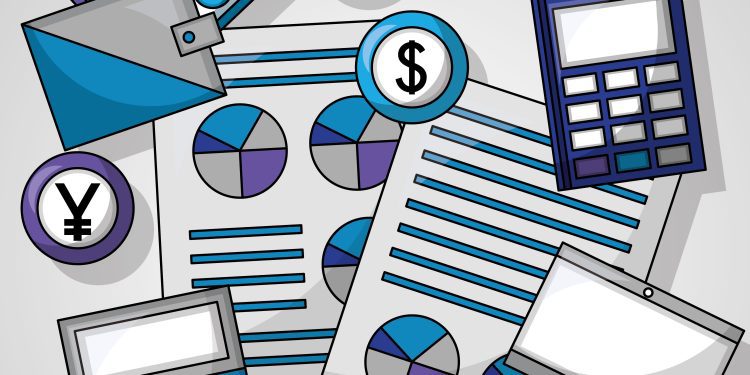This posting is found in The Economic Times and discusses the difficulties surrounding forex operations in conducting cross-border commerce. The author references the acronym MSME (used in India to summarize Micro, Small and Medium Enterprises) as the most vulnerable entities in this area of concern. The specific issue is of course the value fluctuations found on forex markets, which can cause a fair amount of day-to-day risks for a company heavily involved in x-border commerce.
‘A fall in the Indian rupee — which also means a stronger dollar — helps exporters earn comparatively more for their exports, making Indian exports more competitive. But a decline in the currency also means that imported inputs become expensive for domestic industries, affecting MSMEs the most. Lots of MSMEs do exports as well as raw material imports. Therefore, any steep depreciation in the rupees cuts them both ways. Industry estimates have revealed that imported inputs form about half of India. The Federation of Indian Export Organisations recently flagged that while rupee depreciation would help spur exports, it would also raise input costs for the downstream manufacturing sector. Given this situation, exporters would prefer that there is no drastic volatility and fluctuation in the currency of the trade. Such stability will also help small businesses in better financial planning.’
The piece goes on to discuss other issues around forex compliance and remedies or solutions available to offset risks. Such things include hedging methods and letters of credit. Of course, one of the main impediments, especially for smaller companies, is simply the lack of knowledge and prevalence of analog processes, which remain fairly common even to this day in cross-border trade, although many digital alternative solutions have become available in recent years. Readers interested may want to browse the piece for some ideas on overcoming forex knowledge deficiencies.
‘Pratik Sharma, the COO at Automaxis, a platform connecting freight, documents and payment in cross-border trade, vouches for tech adoption to ensure deals go through smoothly. Exporters sit on a major currency fluctuation risk as they ship goods and get the payment only after a certain period. They may end up at a loss in case the currency rate changes. “Exporters can know the current forex rates through 3rd party API services that can be integrated into the legacy systems or apps. They can also get predictions about future prices. Exporters can also select the duration and decide whether to go for forwards contracts or options in order to hedge the currency arbitrations,” adds Sharma...
To resolve documentation issues in cross-border trade, his firm has come up with a blockchain platform for secure and speedy transfer of ownership of bills of lading in real time. In usual course, this paper passes through at least 3 courier services and takes 7-10 days to reach the destination, claims the firm, adding that technology can be a great saviour for exporters in tackling various forex requirements.’
Overview by Steve Murphy, Director, Commercial and Enterprise Payments Advisory Service at Mercator Advisory Group









